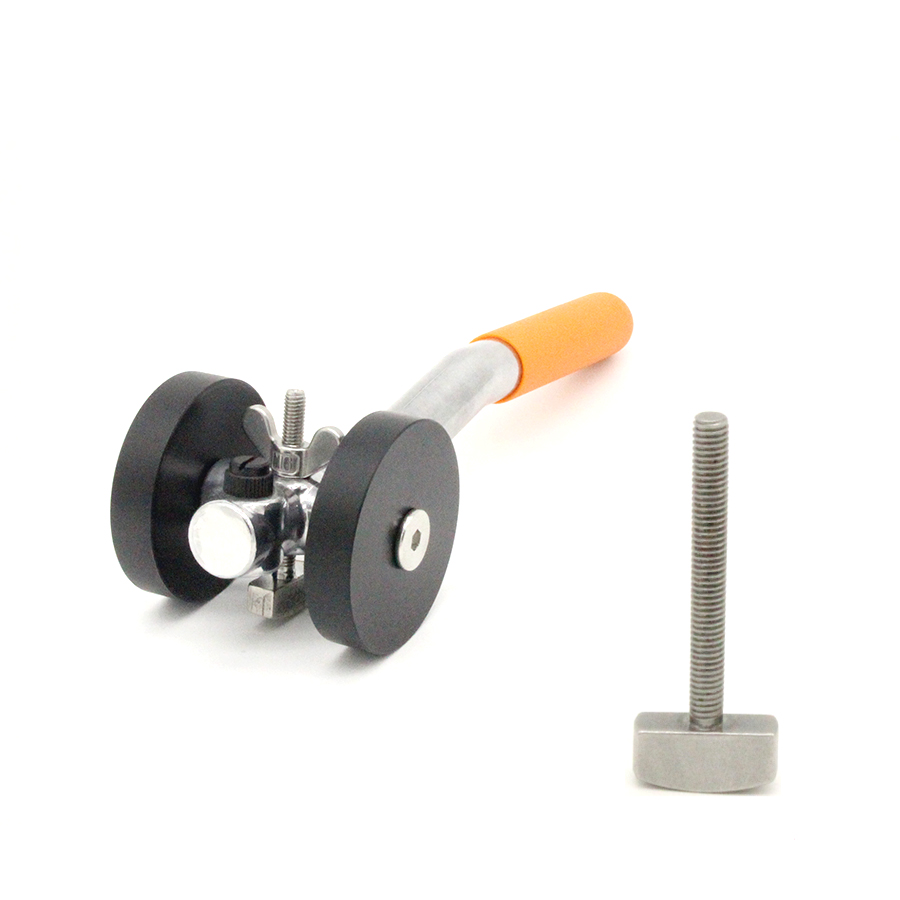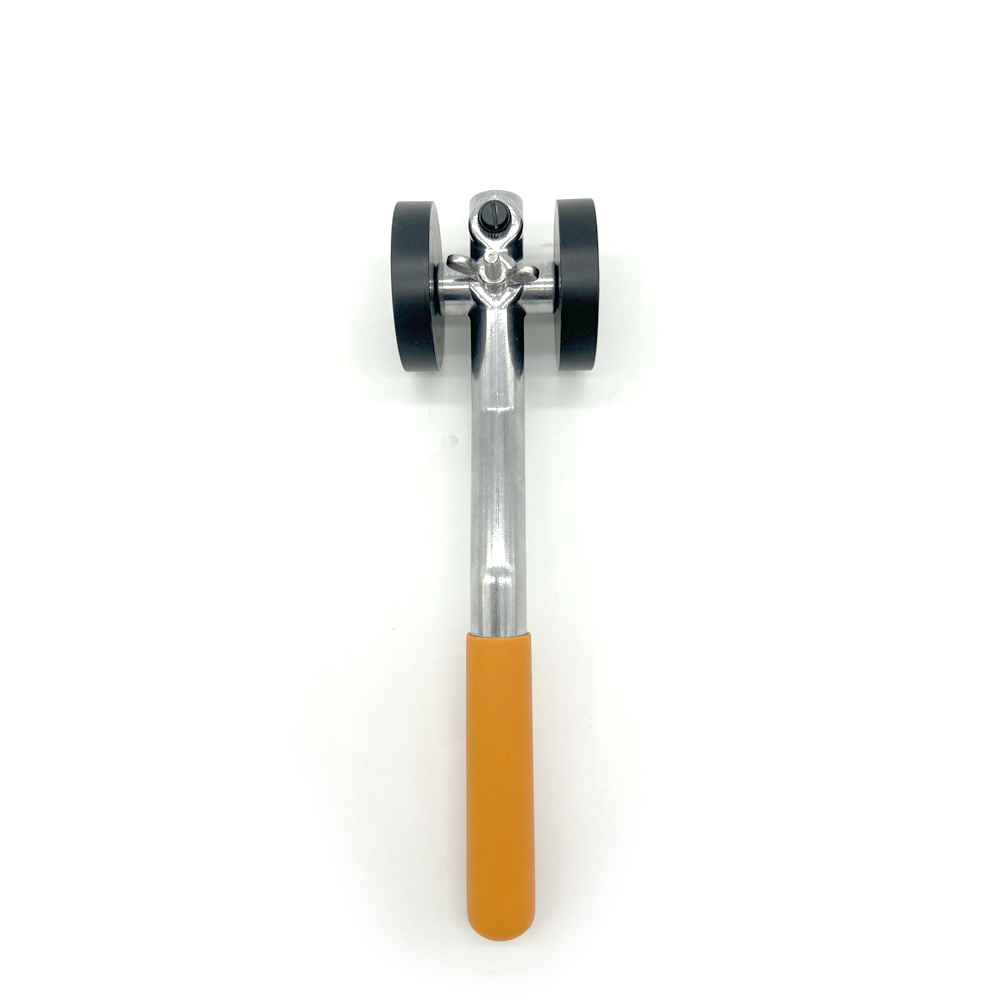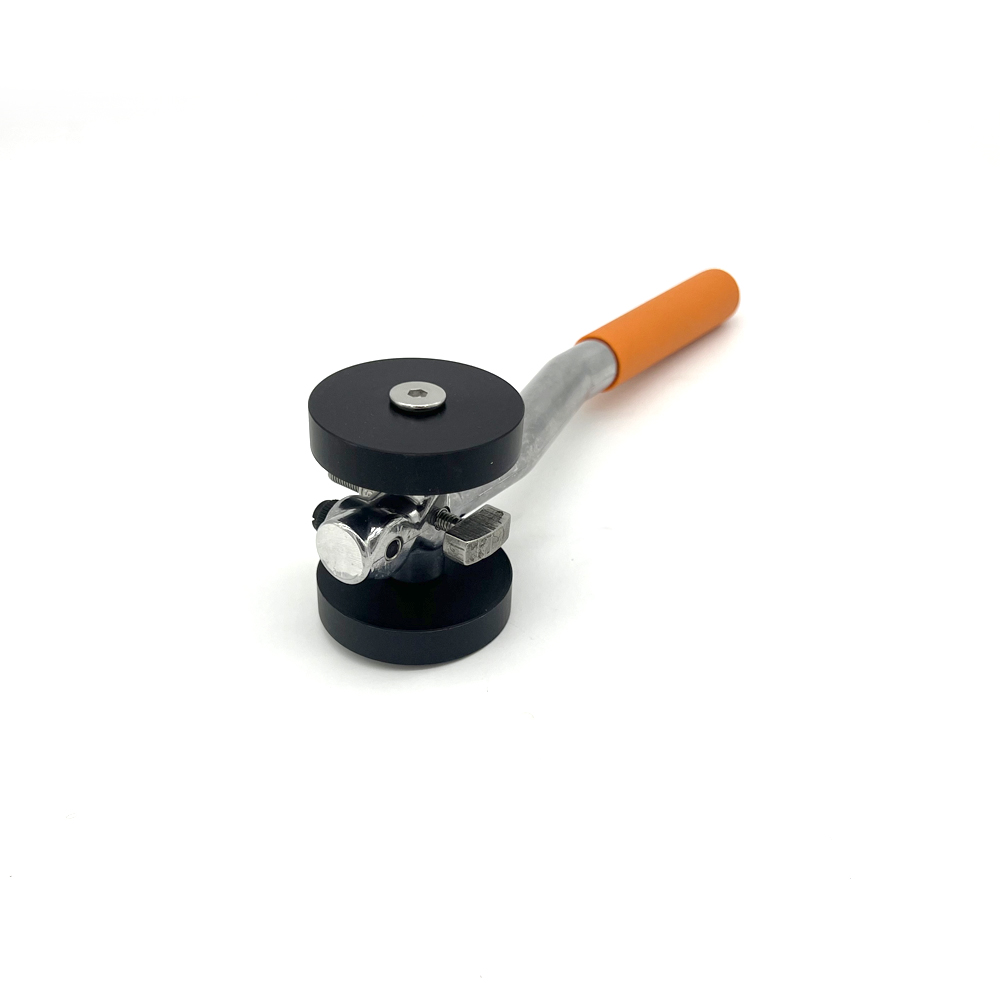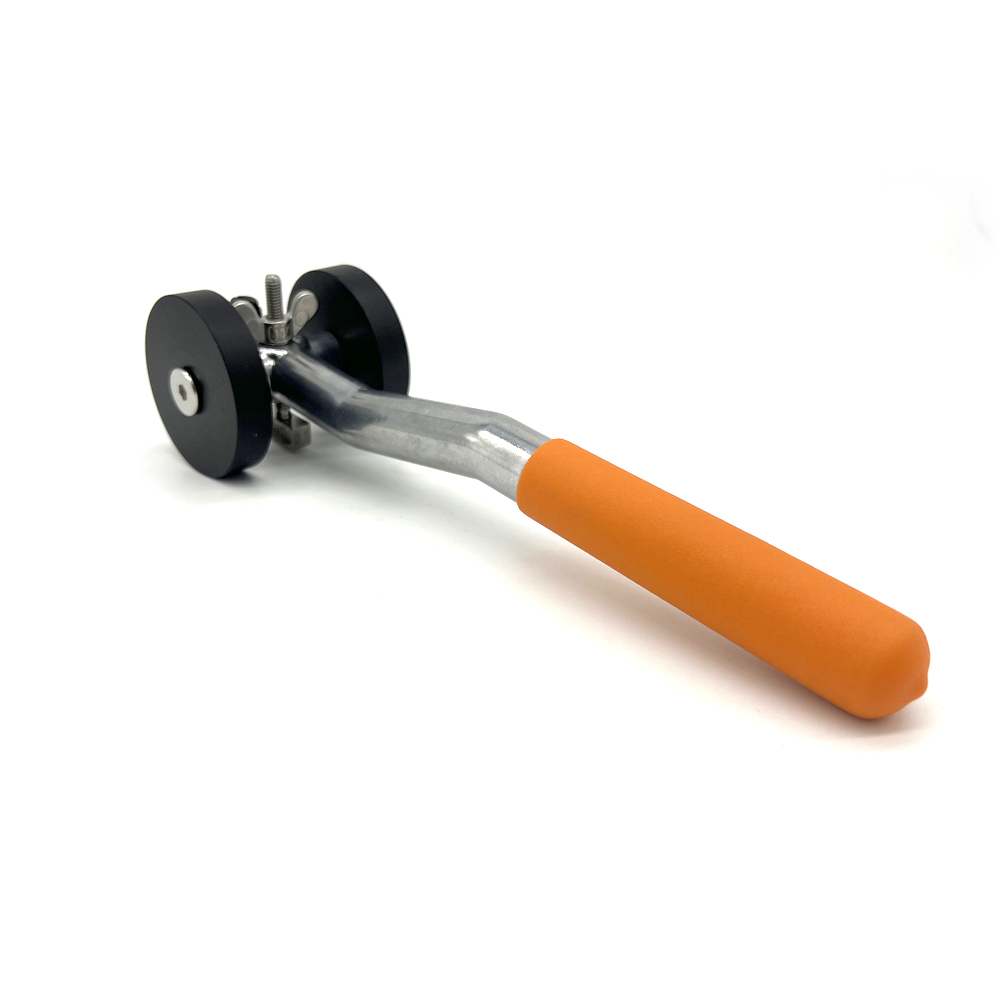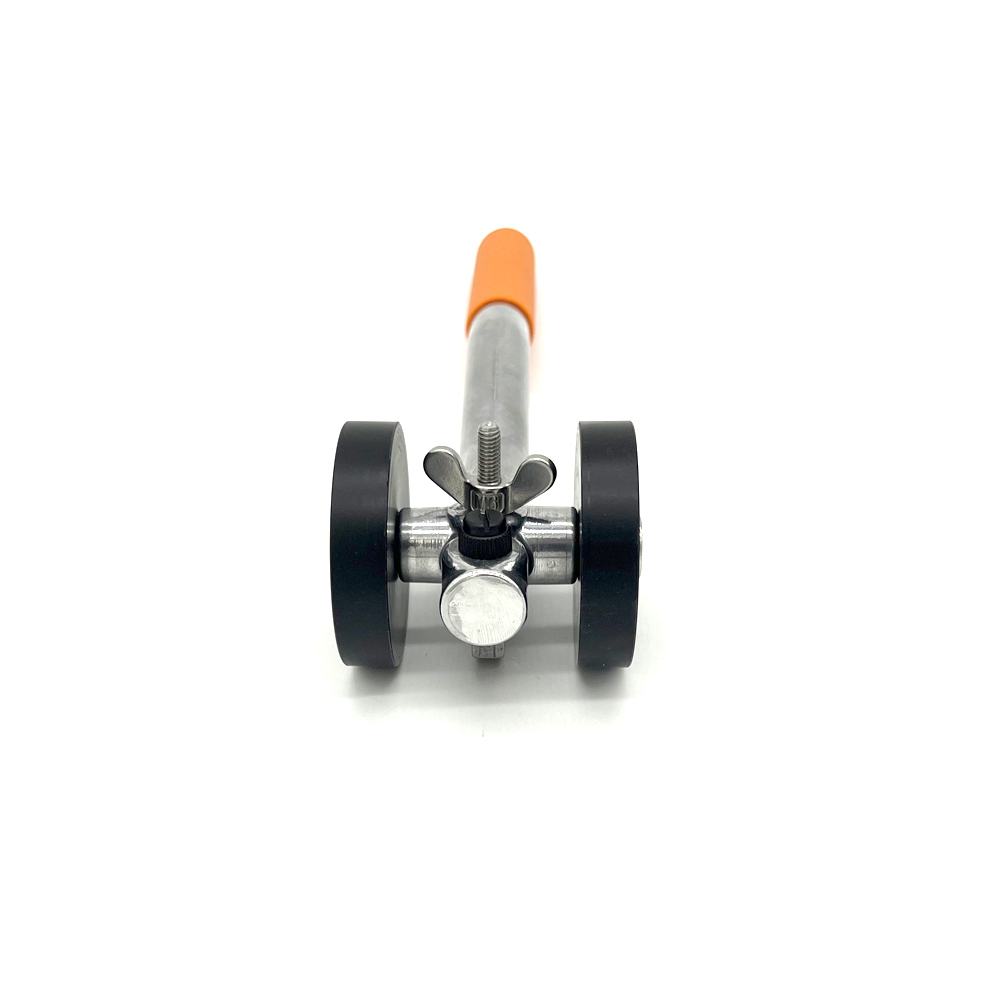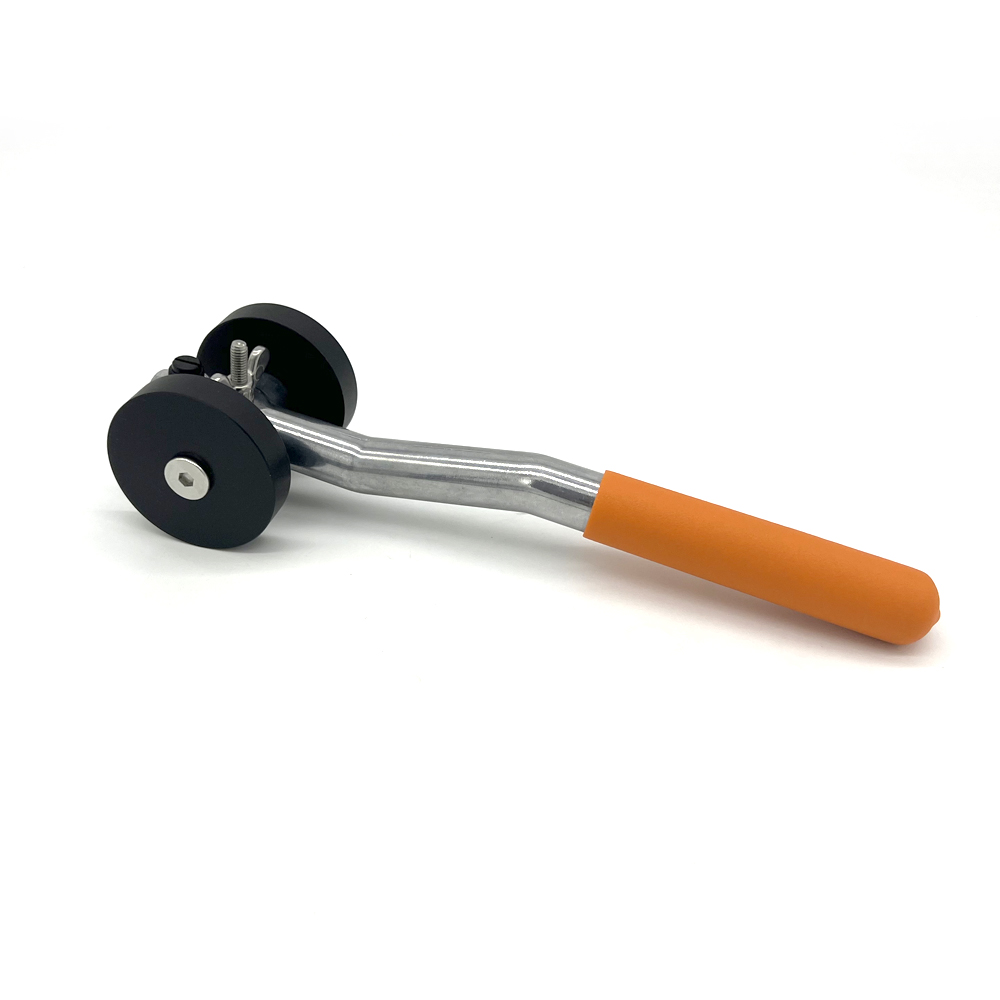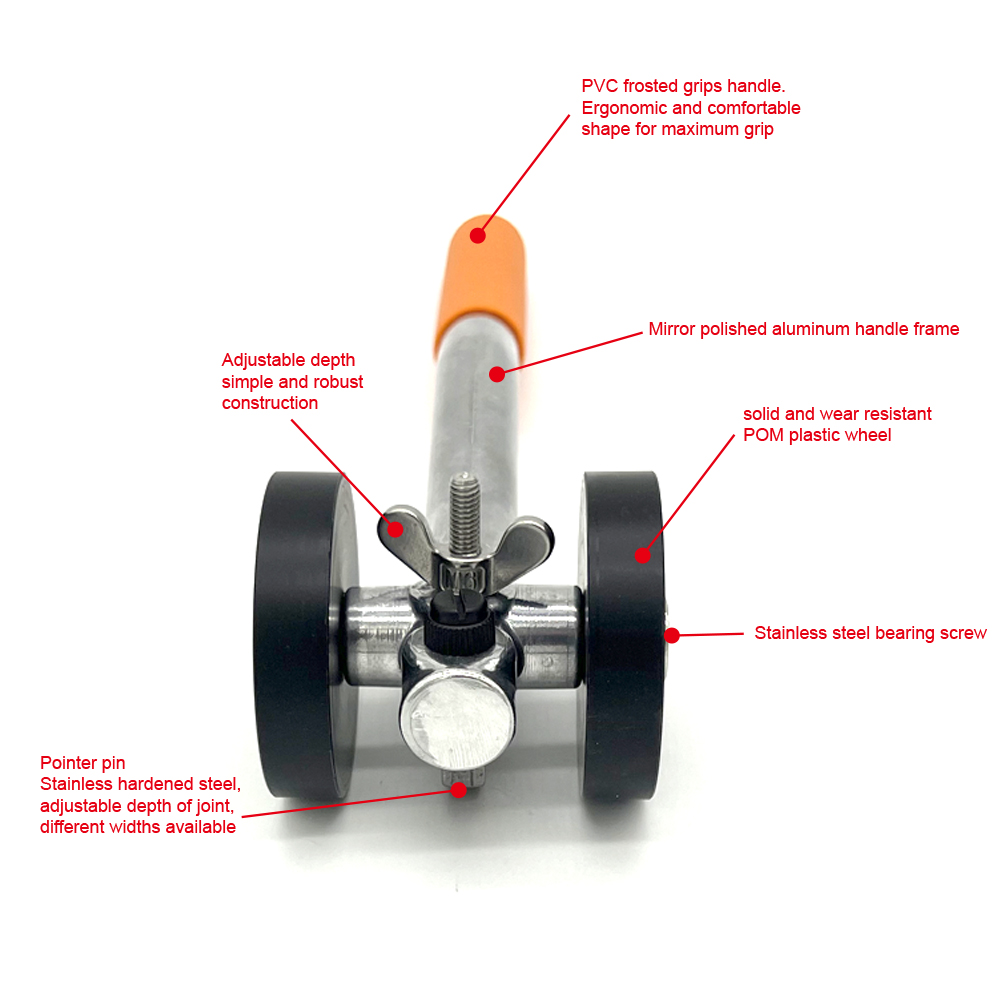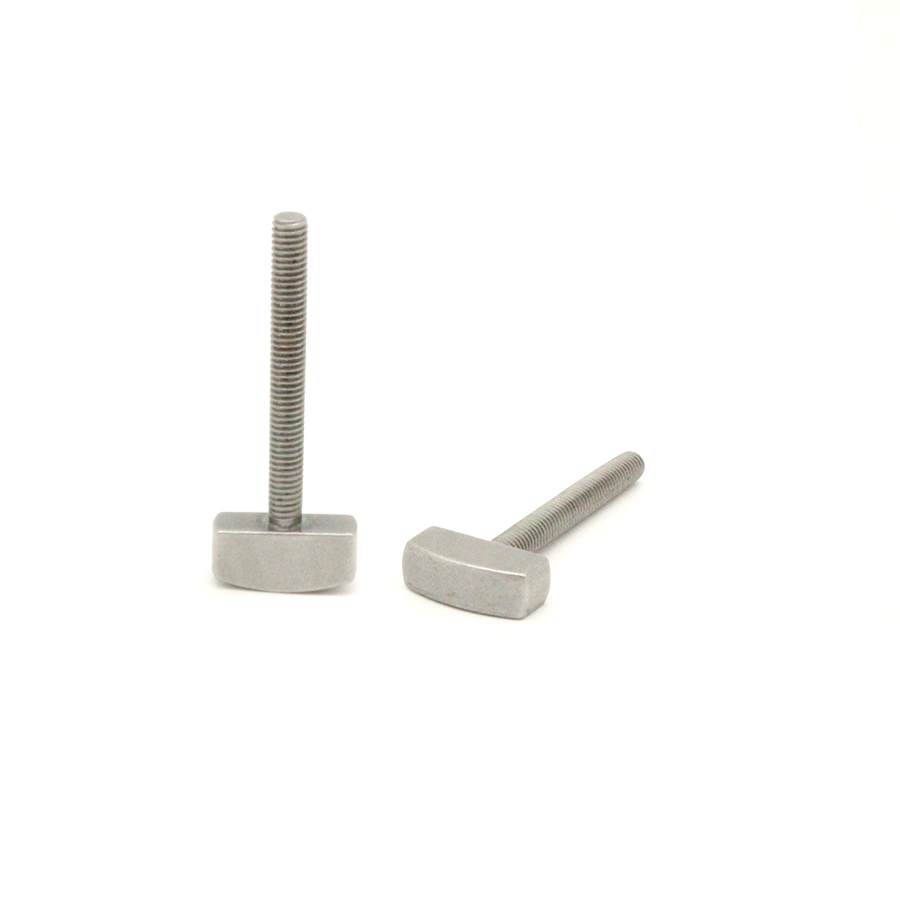Raking and Shaping Horizontal Jointer
$16.00
During bricklaying green mortar is applied to fill all joints. After laying a brick excess mortar is removed by a trowel. When your wall is finished you apply Rake & shape horizontal joints.Rake & shape vertical joints. Immediate result. The required joint depth is achieved in one movement.Brush firmly for final touch. Loose and nonsticking mortar residues are swept away now. A raked mortar joint is homogeneous, stronger and fine to see.
1000 in stock
Description
During bricklaying green mortar is applied to fill all joints. After laying a brick excess mortar is removed by a trowel. When your wall is finished you apply Rake & shape horizontal joints.Rake & shape vertical joints. Immediate result. The required joint depth is achieved in one movement.Brush firmly for final touch. Loose and nonsticking mortar residues are swept away now. A raked mortar joint is homogeneous, stronger and fine to see.
What is pointering?
The Rake & shape horizontal joints. Pointering or point mastering is a grouting technique that is performed using a grout roller, and the pointer pin. Pointering is a collective word for simultaneously scratching out and brushing through a joint. This creates a deeper joint and at the same time a smooth joint. Excess mortar is removed. Pointering is the grouting technique of the moment and is used for aesthetic, economical and structural reasons.
Aesthetic pointering for livelier brickwork
What is aesthetic pointering? This is a masonry style that is used in so-called ’30s houses. This masonry style is more lively because shadows are cast in the masonry. Although normal pointering was used in the thirties, this style of construction lends itself very well to pointering.
Economic, bricklayer can point continuously
Why is there an economic advantage? There are three reasons why pointering is economically advantageous:
Pointering is a continuous operation. After (a part of) the masonry has been laid, you can immediately start pointering (as long as the mortar has not yet hardened). The bricklayer can therefore continue to pointer continuously, without having to stop in between, for example to pick up new material, such as grout when grouting. This reduces time considerably.
After pointering, your work is done! Finished pointering? There is no need to grout afterwards. You only need to scrape and brush in one movement. This saves a lot of time.
Pointering has a positive influence on the aesthetics of the building. This can result in value-increasing results. This cannot be expressed in hard figures, but in the bigger picture pointered walls are considered to be more attractive than non-pointered walls.

